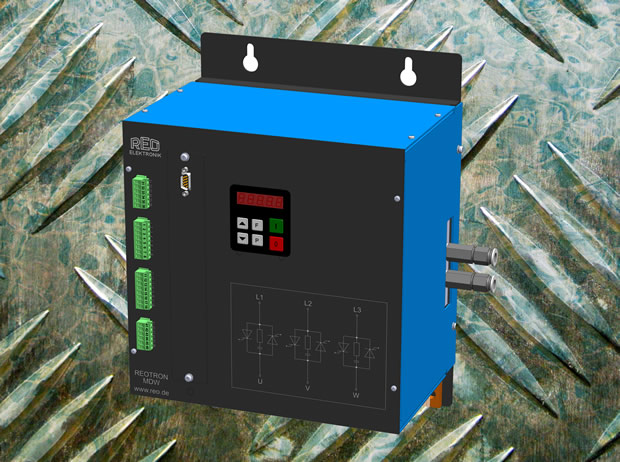The black sheep of the electrical industry
Earlier this year a Welsh village was swept with unfounded fears that a flock of drug-fuelled sheep would go on a psychotic rampage due to recent fly-tipping. This stemmed from one source’s statement being misconstrued by the public. While on this occasion little harm was done to anything other than the sheep’s reputation, the event highlighted the ease with which misconceptions can often lead to a fear of new developments, especially in the world of technological innovation.
Using water-cooling for electrical devices, for example, has a stigma due to the combination of liquid and electricity. Here, Steve Hughes, managing director of power quality specialist REO UK, investigates the benefits of this technological black sheep.
It is common knowledge that mixing electricity and water is generally a recipe for disaster. So often, we are warned that the two together are a fire hazard that, when suggested, the idea of using water-cooling for power supplies makes many electrical engineers understandably sheepish.
Although there was once significant risk involved with water-cooling, the practice is now safe and used in many industrial applications in place of air cooling. The threat of leakage has been subdued as most critical water-cooling now operates in self-contained housing systems so that – in the unlikely scenario of a leakage – there is no risk of electrical fire.
Liquid coolants also offer a number of advantages to businesses. For some the biggest benefit could be a streamlined product design, while others will be more interested in the industrial circular economy that they can implement.
Compact versatility
One of the most straightforward benefits of water-cooling is a more compact overall design. This is because, traditionally, most electrical devices use air-cooling technologies and therefore enclosures have to be larger to accommodate for the bulkier size of fans.
While it might not initially sound like much more than an aesthetic benefit, a sleeker design means that devices are able to fit into tighter spaces. Power controllers, for example, are often integrated into transformer control cabinets and can therefore benefit from the smaller footprint that water-cooled power controllers provide. The same is true for space-restricted applications such as industrial ovens and heating equipment.
Low maintenance
It isn’t just the size of the device that changes when fans are removed. All electrical devices that use air cooling have vents in the housing to allow the circulated air to escape and prevent condensation from forming over electrical components. However, these vents also give harmful contaminants access to the internals of a device that would not occur with water-cooled systems.
Even seemingly innocuous particles such as dust can devastate electrical and electronics equipment. The ambient temperature of a device increases as more dust accumulates, which in turn raises the risk of overheating. This also elevates costs for businesses as fans work harder to reduce temperature.
Likewise, certain businesses will find that vented enclosures are simply unsuitable for use in their factories. In copper electroplating plants, for example, there is a high volume of copper sulphate particulates that are corrosive to electrical components and internal wiring.
Alternatively, these particles can clog up fan filters and drive the need for more regular maintenance and replacement. This not only takes hours of manual work for engineers, but can even require a temporary shutdown in applications to ensure worker safety. Eliminating vents also reduces maintenance downtime and prolongs product life.
Increased energy efficiency
Interestingly, water-cooling is also more energy efficient than air-cooling. As air has lower heat conductivity than water, it takes a higher volume to effectively cool devices to optimum temperature. This means that more energy is used in order to generate that air flow, leading to higher operating costs and energy bills
Water-cooling, on the other hand, benefits from water’s increased capacity to remove heat as well as the ease of circulation. Whereas air-based systems may require as much as six fans to provide adequate cooling, just one pump is required for water. This minimises energy consumption and, subsequently, business expenditure.
These advantages go a long way to explaining why water-cooling is becoming increasingly popular among electrical engineers. As industrial systems become more complex, it is likely this trend will continue for the foreseeable future — with businesses coming to the realisation that, just as with Wales’ drug-fuelled sheep, the fears were unfounded.











